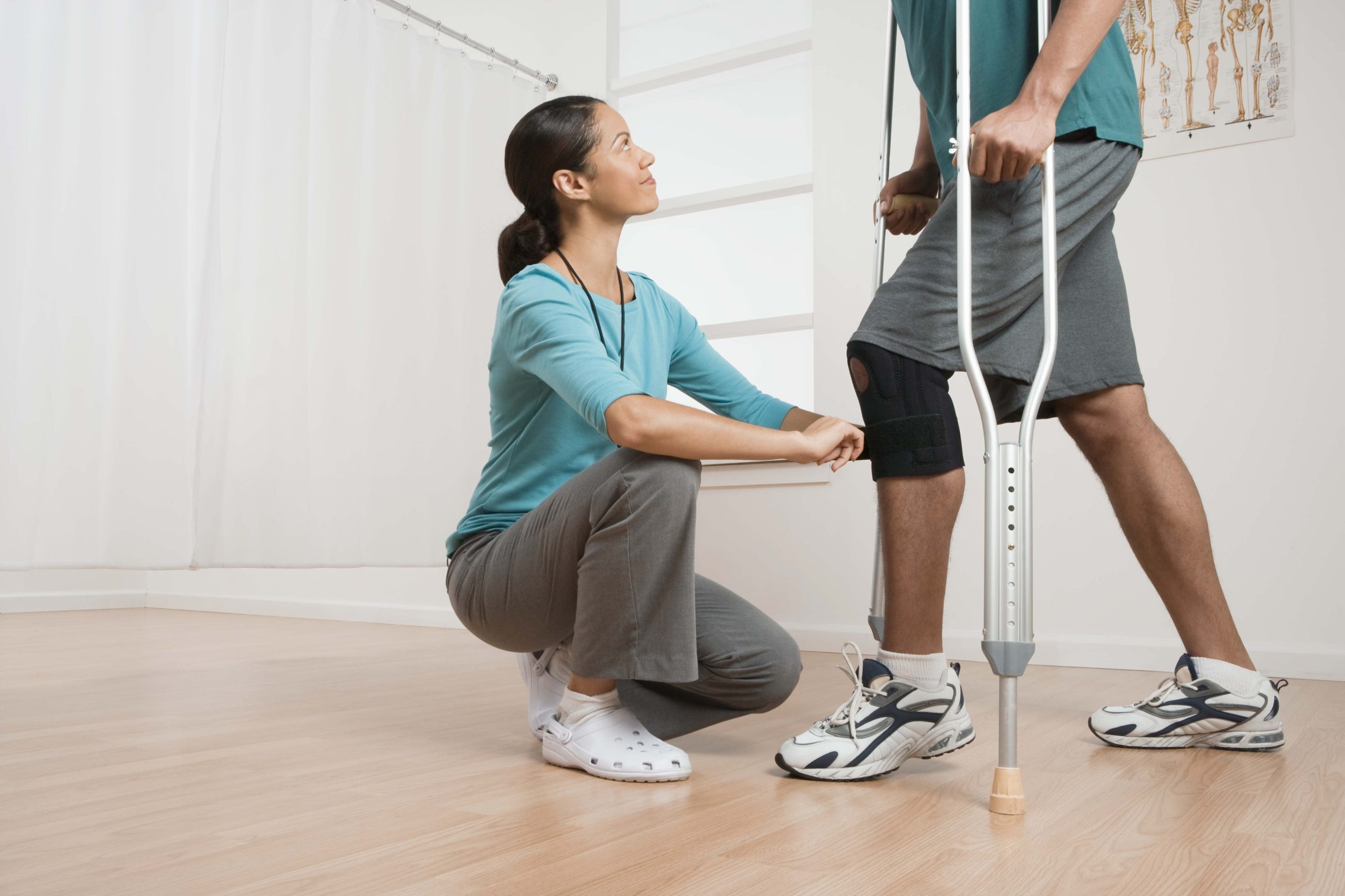Dry needling is safe for most patients when performed by a physical therapist who is trained in the procedure. Minor adverse events such as pain, bleeding and bruising can occur.
This treatment removes muscle tightness and restriction by eliminating trigger points. It allows muscles to work without restriction which improves speed and power during movement.
What is Dry Needling?
Dry needling is a technique that uses a solid filament needle to create an injury response in the muscle tissue. It is a minimally invasive procedure used by physical therapists. The needle is inserted into the skin and muscle, targeting myofascial trigger points (muscle knots) that produce pain, restrict range of motion, and cause autonomic phenomena.
During the treatment, the physical therapist will use one hand or fingers to feel the area called palpation, and then place the needle, which is surrounded by a plastic guide tube, into the muscle. They may manually or electrically stimulate the needle, causing a “twitch” response in the muscle.
The top four benefits of dry needling include reducing muscle tightness, easing tension, facilitating movement, and speeding up recovery. Our physical therapists are highly trained in the skill and have met Arizona’s requirements for dry needling certification. They incorporate this treatment into physical therapy, which accelerates the healing process and improves functional outcomes.
Trigger Points
When muscles are chronically tight, or in spasm, they can develop “knots” or trigger points. These are painful and can compress nerves. Inserting a dry needle into these trigger points elicits a twitch response which can break up the knot and relieve pain.
In a series of studies, researchers found that dry needling is more effective than other treatments for pain caused by myofascial issues. Adding it to physical therapy speeds recovery and improves your long-term pain relief.
If you are looking for someone who has both a physical therapist license and dry needling training, try to find a CMTPT (Certified Myofascial Trigger Point Therapist). It means they have undergone a rigorous course of study in the anatomy and physiology of myofascial muscle fibers to learn how to locate these kinks or knots and treat them with needles. We often combine this treatment with a physical therapy program to rebuild strength and fully restore range of motion.
Needling Techniques
The insertion of dry needles creates a local muscle twitch response, breaking up muscle knots and releasing myofascial trigger points. This allows blood to flow more freely, bringing oxygen and nutrients to the muscles. Increasing blood flow helps relieve pain and decrease scar tissue.
The needles also produce a chemical reaction in your body, which changes the way your nerves and muscles respond to pain. This reduces or eliminates referred pain, which may be caused by compressed nerves or blood vessels in the area.
It can also improve your range of motion, which can allow you to perform your favorite activities with more ease and less restriction. For example, it can help you play sports that require rapid acceleration and deceleration of your body (like throwing, batting, running or swimming). This increases your speed, strength and power.
Pain Relief
If the thought of lying on a table and having your muscles poked by tiny needles makes you feel uncomfortable, rest assured that dry needling isn’t painful. During a treatment, your provider will sterilize the needle and insert it into the area of pain. You may feel a slight prick, or a twitch response when the needle hits the trigger point.
The needle stimulates injury signals that cause the muscle to twitch, which reduces the knot and improves circulation so painful acidic waste can be carried away and nutrients can reach the damaged muscle. This is how the muscle heals itself, and why many people notice improvement in pain and mobility after just one session of dry needling.
However, as with any procedure involving needles, it’s important to be evaluated by a physical therapist before undergoing this therapy. It’s not recommended for patients with a bleeding disorder or who are taking blood thinners, and it shouldn’t be used on patients with a needle phobia (trypanophobia). This is an excellent drug-free way to treat a variety of musculoskeletal conditions that are often difficult to relieve through other techniques.

